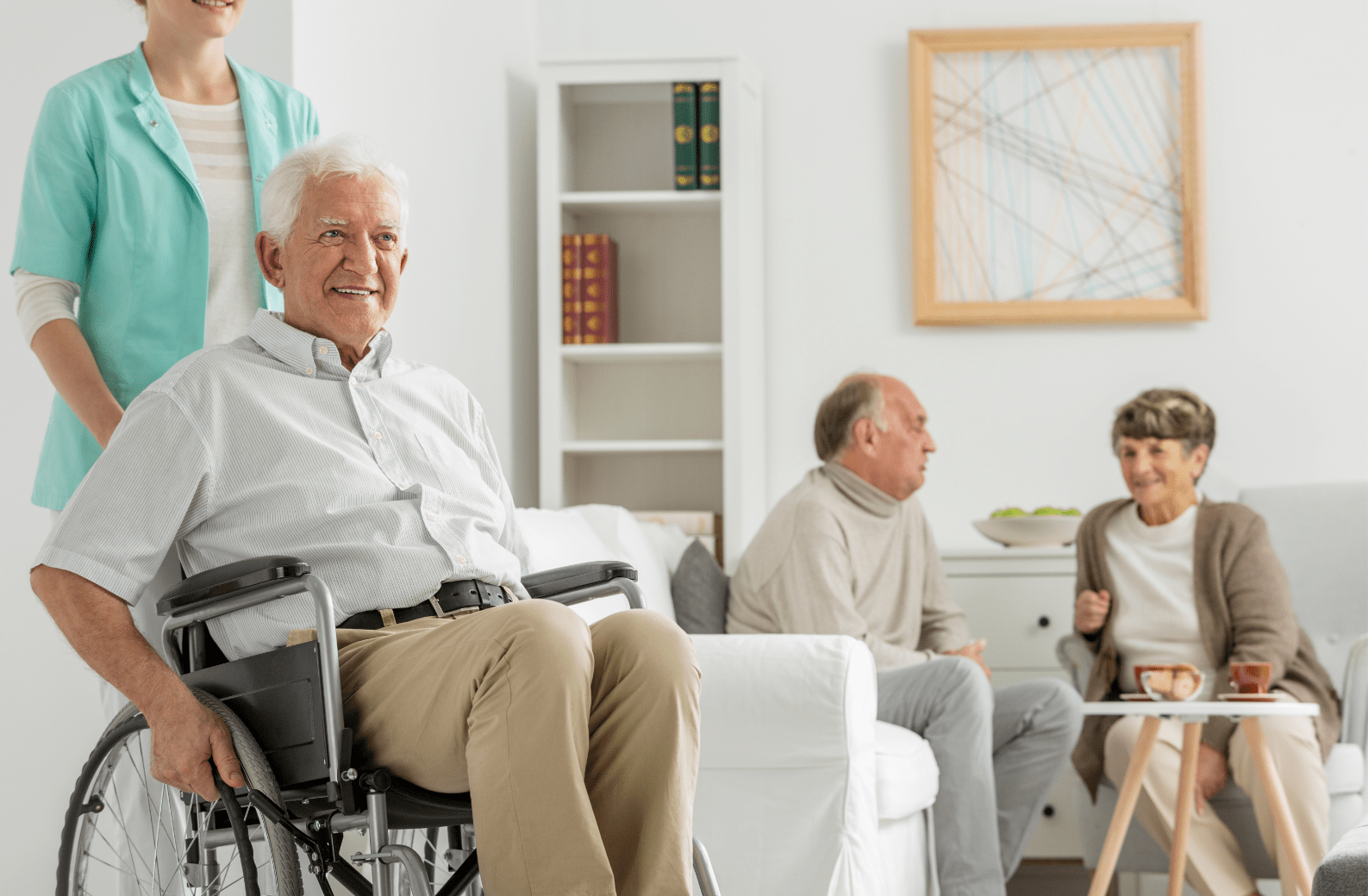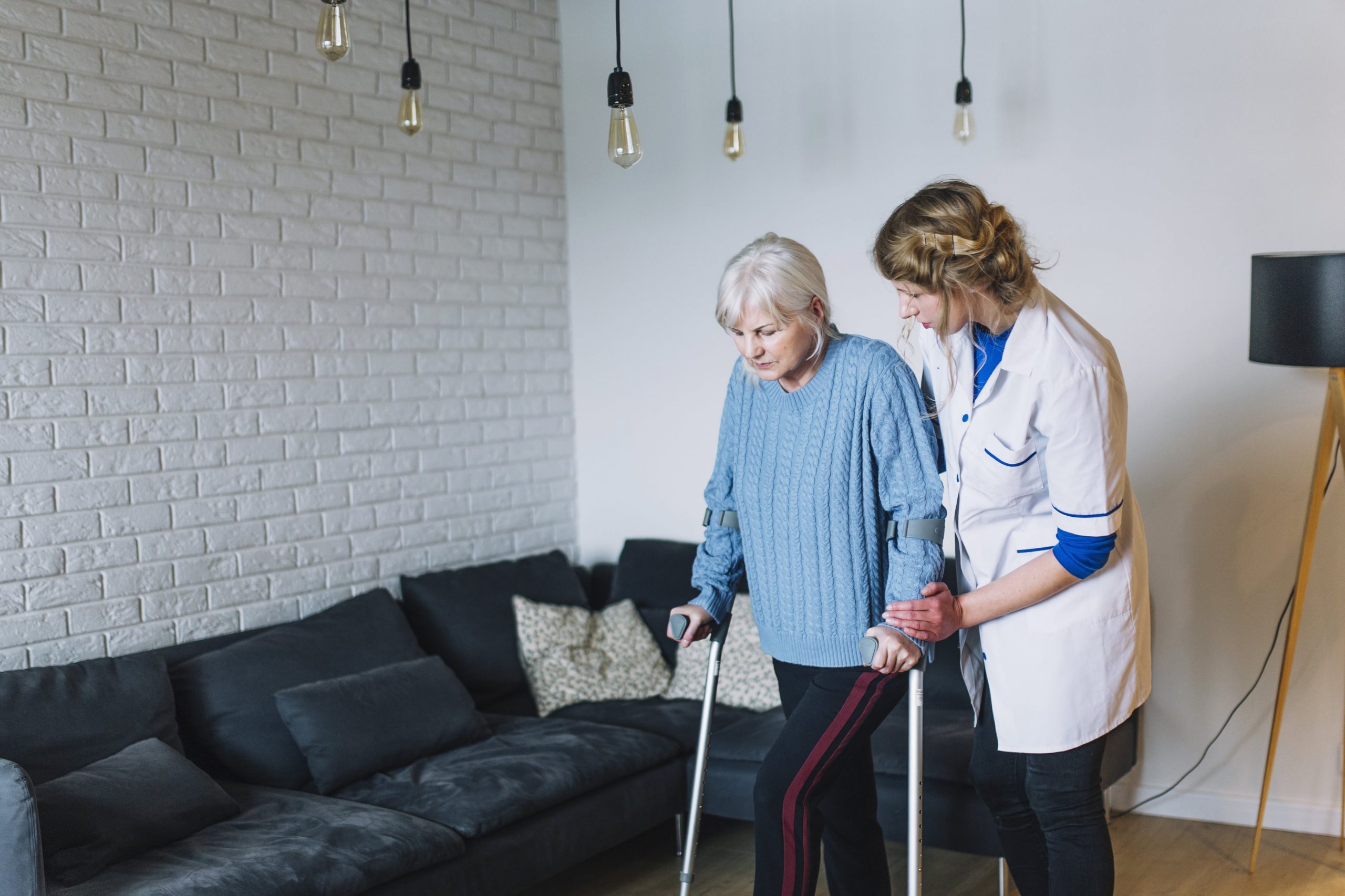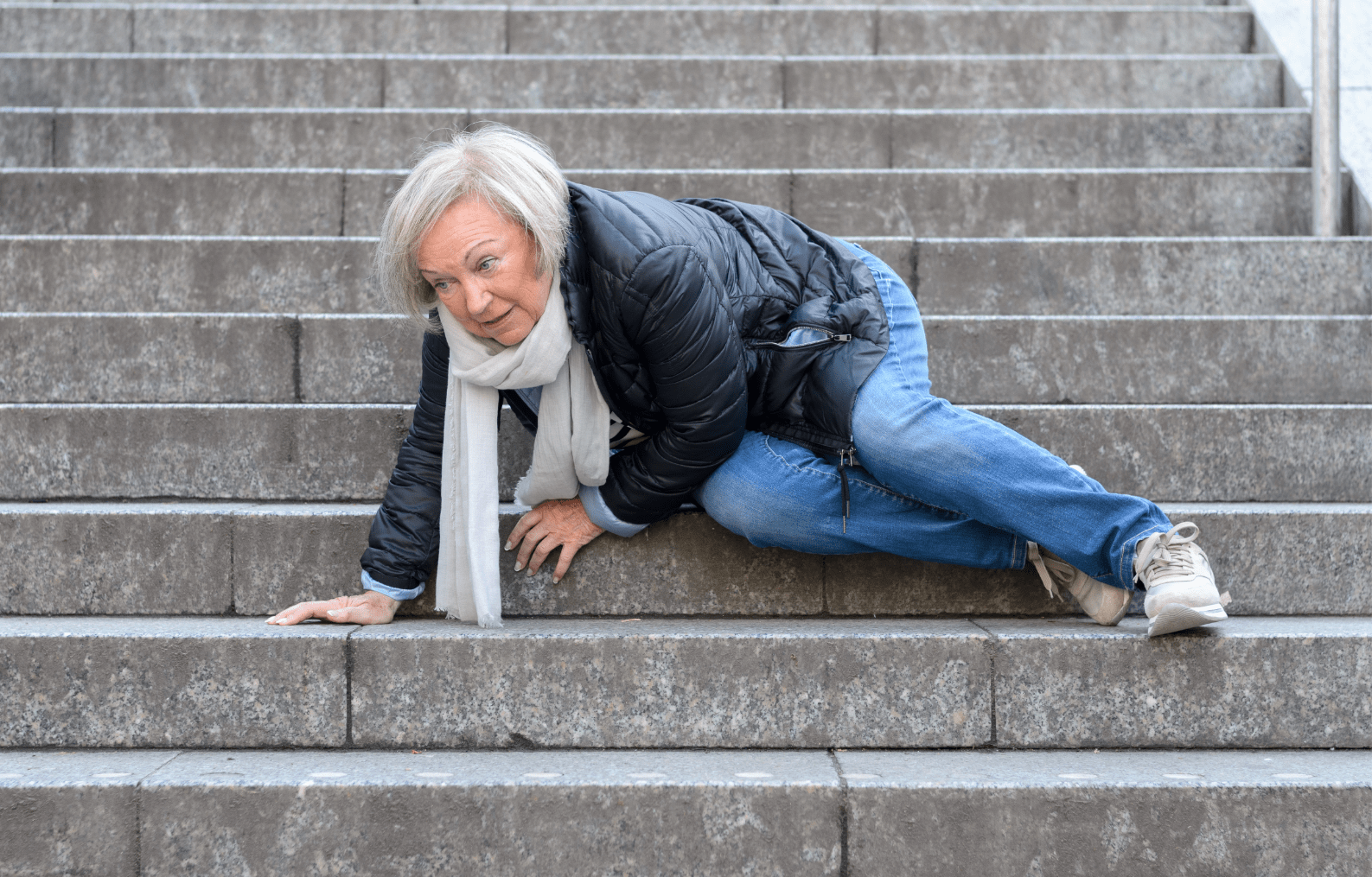Harmony
Infographic: 10 hazardous places at Home for Senior Citizens

A home is intended to be a safe haven for you and your family, yet every year, accident and emergency departments deal with significant injuries and, in some cases, fatalities that occur in the home. Among the most prevalent reasons that people conclude that their older parents would be safer in a care facility than in their very own residences is safety.

Is it beneficial to have an elderly parent live with you? Probably not. Whether or not the home environment is safe is a critical consideration. Use this checklist to evaluate your parents’ living circumstances and assist them in securely ageing in place.

1. Eliminate any potential for a fall
- Throw rugs should be replaced. These are frequently beautiful, but they don’t have a rubber base to help them hold the surface effectively.
- Clear the clutter (Newspapers, loose clothing, and shoes) that has accumulated.
- Make the area more open. Think about any tight corners, before or after a doorway. Access may be restricted, and mobility may be difficult.
- Extending power cables throughout the floor is not a good idea.
- When indoors, ensure your elders are wearing non-slip footwear.
2. Bathroom safety
- Grab bars and handrails are critical safety standards. Check for handrails by the toilets and grab bars in the bathroom or tub. Depending on the height and/or physical restrictions of the senior citizen, these may have to be changed.
- Change the existing toilet seat to one that is elevated and has handlebars. Toilets must have a height of 17 to 19 inches. This will be simpler for seniors to sit and stand.
- In the bathroom, install a nightlight. It will benefit elderly who may need to go to the restroom several times during the night. Add a few nightlights along the road to the restroom so elderly can make their way.
- To keep from falling in the bathroom, use carpet padding.
3. Proper administration of medication:
A senior’s chance of a hazardous overdose increases with the number of medicines he or she takes increases. Place daily prescription quantities in sealed packets and compare them to a prescribed medication.
4. Protection against fire:
- Defend yourself from flames. Eliminating fire dangers from the home is also part of elder home safety.
- Inspect all appliances and electronics for electrical cords. Replace any worn or defective connections, and keep the number of cords on electrical outlets to a minimum.
- Candles should be removed from the house. Candles can spark a fire if left flickering and neglected.
5. Inspect the bedroom.
- A drooping, softer bedding should be replaced with a sturdier one. This is far more relaxing, provides more assistance, and does not cage a sleeping senior.
- Install a retractable grab bar between both the ground and the ceilings in the bedroom.
- Substitute a single-lever handle for the spherical room doorknob. This handle can simply be pushed down by a senior to open a door.
6. Check for proper lighting
- Vision that is becoming older may not always work as well as they used to. Elderly may overestimate darkish places in their homes or avoid them entirely.
- Any burned-out light bulbs should be replaced.
- Replace the light fittings.
- Install motion-activated lighting both inside and outside your home.
- Standing in one corner of the living room and looking across the room, test all illumination. If not, install more lights.
7. Kitchen safety
- Pull any stored goods from upper levels down. Examine these objects to see if they’ll be useful. Store these goods at lower levels if they still work and are frequently used. If this is the case, a step stool should be provided. Look for a stool that is only one or two steps tall.
- For the kitchen sink, install rubber water tap guards that are colour schemes both hot and cold, making them simpler to hold and operate.
8. Basic safety at home
- Place a peephole in the front door of your senior.
- When you’re alone at home, don’t open the door to strangers.
- Make sure the windows and doors are always locked.
- Educate them to not share any of their financial details over the phone. Alert them with the ongoing scams targeting the seniors.
9. Install safety alert system
Have an automatic emergency system that allows senior citizens to contact a doctor if something goes wrong. Bedroom should have a call ring accessible, and restrooms should have an emergency pull cord. These measures can assist avoid accidents and assure that in the case of emergency, they receive fast attention.
10. Check infrequently
Lastly, elder home safety entails keeping an eye on them on a regular basis. You, their neighbors, and a qualified caretaker can all work together to keep them safe at all times.